It has a pretty name, and a pretty flower—after all, it was introduced into this country as a garden plant. Now it’s one of the worst invasive weeds in the country, a menace to the environment and agriculture. You guessed it: it’s Bridal Creeper.
This invasive climbing herb with a very extensive tuberous root system can cause huge problems as it climbs on and chokes understorey species: it’s capable of completely blanketing out all other plants.
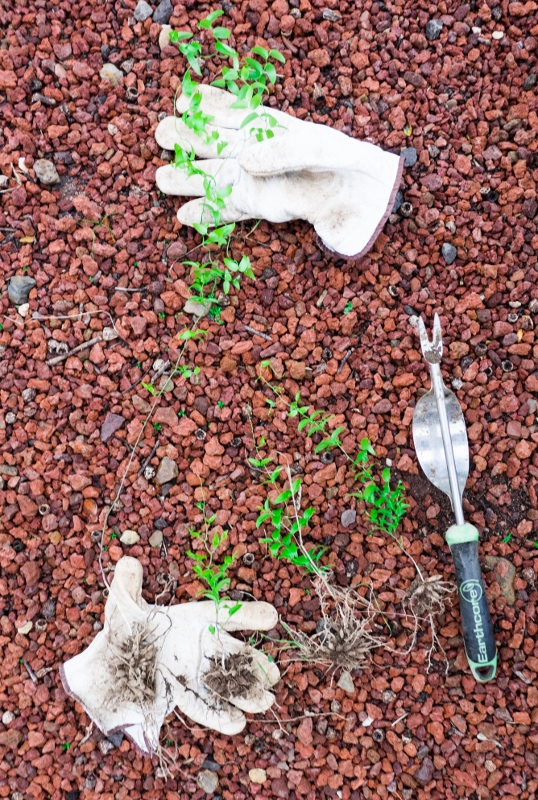
Harmless looking plant, which can be a suffocating nuisance: dig it up! And make sure you get it all…Photo: John Ellis
And it’s starting to emerge in the bush now. If you come across a small isolated plant the best method of removal is to dig it up – though you have to make sure you dig deep enough to get all the tubers: if you don’t, the plant is tenacious at coming back. Hang the offending weed in another bush or branch so that the tuber dries out and so that other people walking in the area know that it is an unwanted plant. They might be encouraged to use the same method of removal if they come across one.
We owe a thanks to all those generous people who have been digging this pest plant up over the years through our local bushland (especially Kalimna). What would the bush look like if it had been allowed to run rampant?
For more information on this weed and its control check here
And if you want to see what Bridal Creeper can do when it gets out of control, grit your teeth and have a look here.

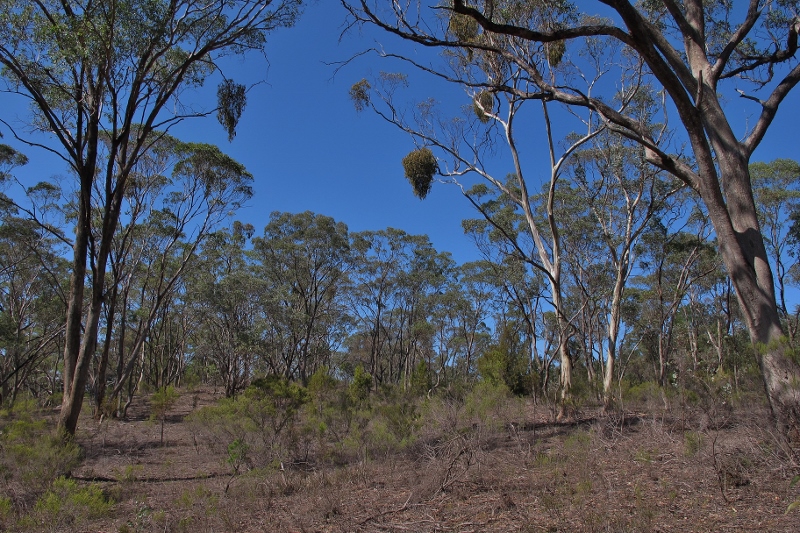
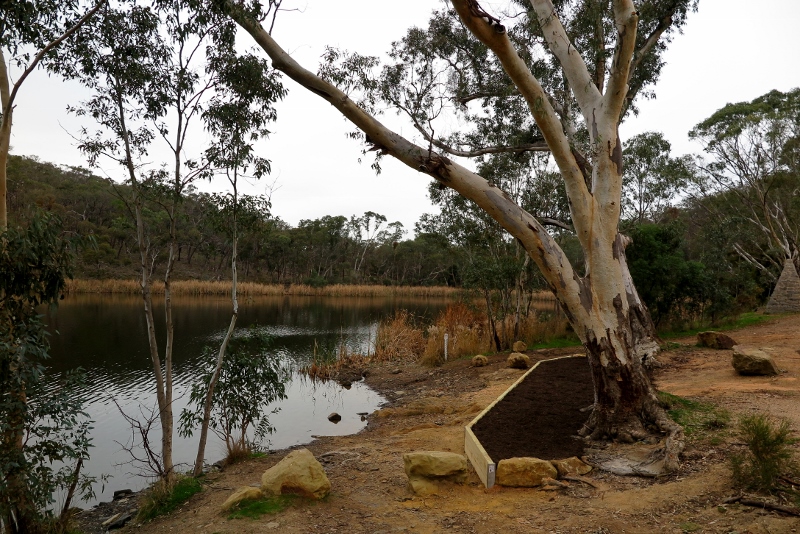
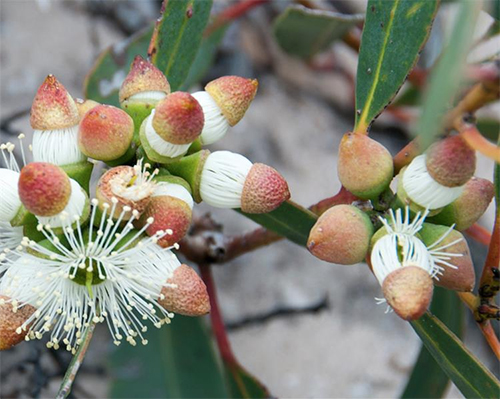

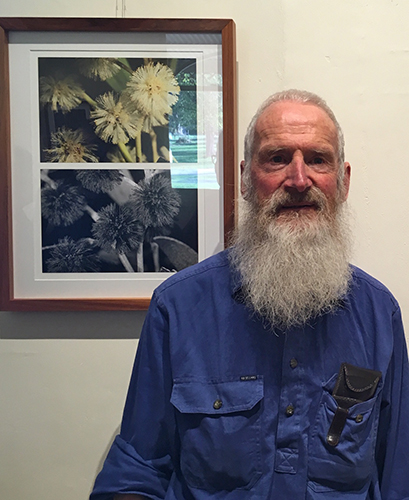
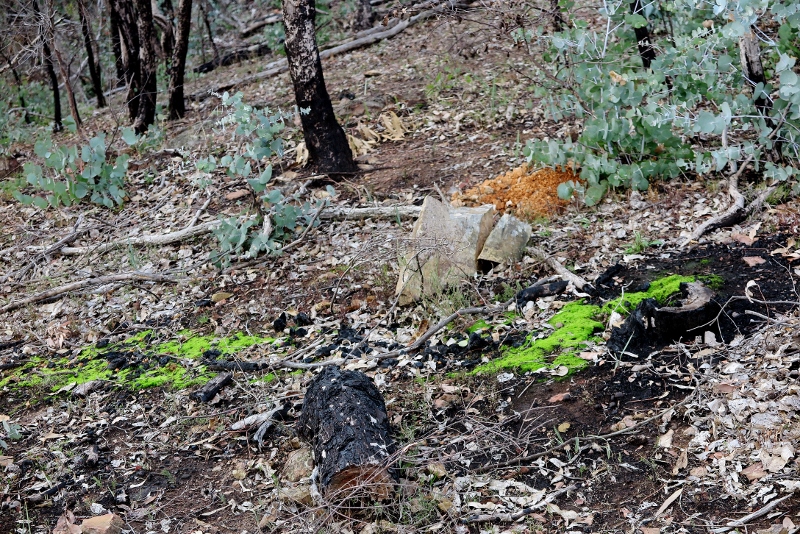
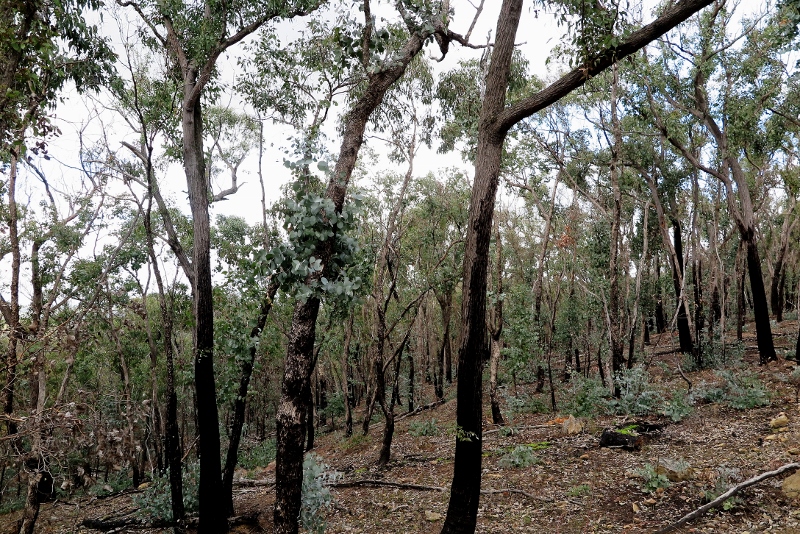



 Click on image for info/order page
Click on image for info/order page Click on image for info/order page
Click on image for info/order page Click on image for info/order page
Click on image for info/order page





















